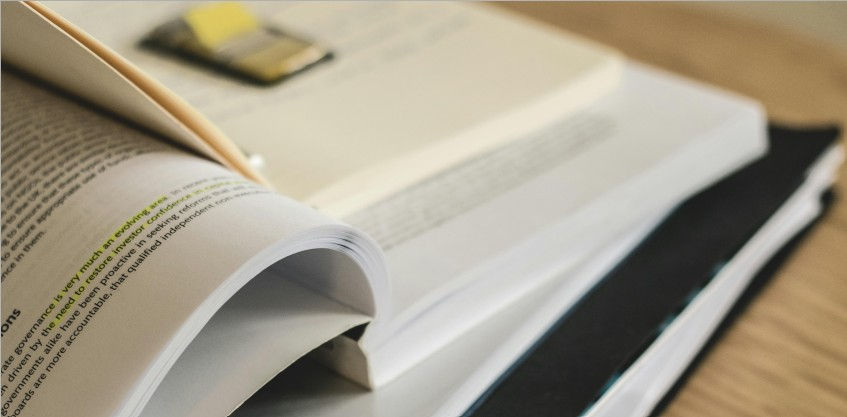Beyond the Buzzwords: The Art of Fact-Checking Technical Content
- susans6190
- May 23
- 2 min read
Precision, Truth, and Accountability

Safeguarding accuracy in technical content is a meticulous process that requires sharp attention to detail and structured verification methods. Fact-checking extends beyond simple proofreading–it requires thorough research, scrutiny of primary sources, and a thorough evaluation of credibility. Assessing scientific publications, engineering reports, complex coding content, etc., the process protects against misinformation and strengthens trust. In industries where precision is predominant, rigorous validation mitigates errors that could lead to costly consequences or misinformation.
The foundation of effective technical fact-checking lies in methodical analysis and cross-referencing reliable sources. Those who are fact-checking content must explore trusted and reliable data, seek guidance from subject matter experts, and carefully examine complex details with consistent attention. This practice is particularly crucial in fields such as medicine, technology, manufacturing, and engineering, where minor inaccuracies can have significant implications. Establishing a reliable framework for validation not only enhances the integrity of content but also promotes confidence among professionals and consumers.

Below is a list of fact-checking tips that I find quite useful when I work editing and fact-checking projects. These suggestions will provide guidance on what to look for and how to look for them.
Identify potential fact errors in the text and how to fix them. Pay close attention to the following information and where to check details:
Proper names (check correct spelling) and job titles of any person referenced in the content. You may find this information on company website(s), social media, or even business cards.
Proper names of organizations, government agencies, and companies. You may find this information on government pages, business resource sites, and official websites.
For website URLs, email addresses, and phone numbers, you can typically verify the information by calling the phone number provided, send an email to the email address, and/or check the information using a browser.
It's imperative to check dates and days by using a calendar, cross-check with historical records, or verify against the official source.
Validate numbers and percentages by verifying that everything adds up using a calculator. Double check for accuracy and validate any formulas that may have been used.

There are many other methods to fact-check content, but these are some samples to refer too. Reliable sources for verification also include researching established news organizations, use fact-checking websites (Snopes, FactCheck.org), and study government/institutional reports. Beyond these, cross-referencing multiple sources and checking for primary documents can further enhance accuracy.
A robust fact-checking strategy incorporates logical reasoning, structured methods, and adaptive techniques tailored to growing knowledge space. Experts use tools to fact-check the accuracy of information, set goals used to measure success, and maintain a critical approach when analyzing complex details. The quest of accuracy is not only a task but a commitment to upholding credibility in technical disciplines. By continuously refining validation techniques, fact-checkers contribute to a knowledge ecosystem where accuracy remains the foundation of innovation and informed decision-making.





댓글